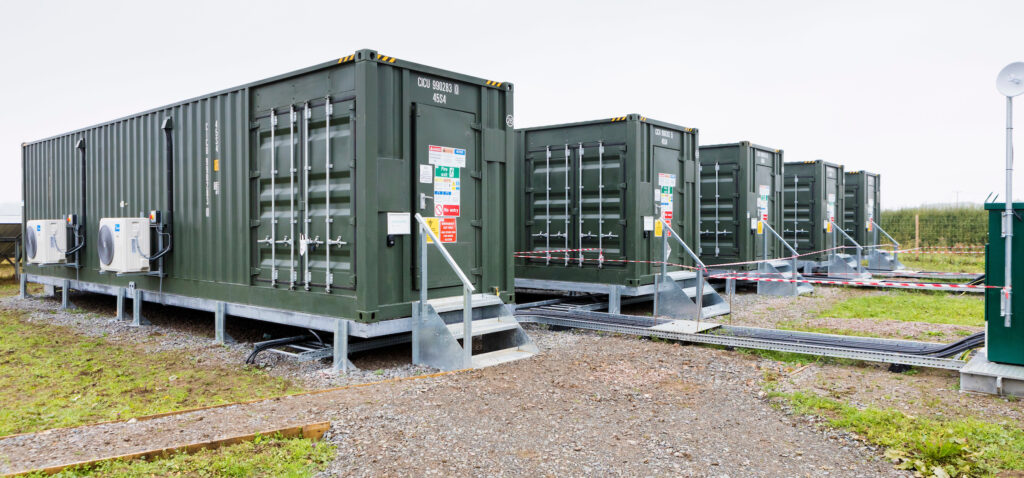This story has been amended since publication to include final procurement perimeters set by the SEM Committee.
Up to 140MW of capacity will be procured under the first ever tender for Ireland’s new frequency response and balancing programme, with projects to go live by September 2021.
The DS3 programme was established in 2011 to meet the challenges of operating the electricity system in a safe, secure and efficient manner while Ireland seeks to increase its renewable energy capacity.
Ireland’s transmission system operator (TSO) Eirgrid, alongside that of Northern Ireland SONI, has today released details of the first procurement exercise to be carried out under DS3, which will begin in February 2019 following a contracts consultation starting in October 2018.
When contracts are awarded in 1 September next year, the TSOs will procure between 91-140MW of projects which will be required to go live by 1 September 2021.
The contracts will offer a fixed term of six years as set by the decision making authority for the Single Electricity Market (SEM). The document stipulates that applicants must provide a valid legally binding connection agreement, or be in receipt of a connection offer, that ‘will end no later than 1 September 2027’.
Projects up to 50MW will be awarded a contract, higher than the 30MW suggested by the TSOs after the SEM Committee overruled the recommendation. They will have to deliver a ‘bundle’ of services rather than individual contracts being awarded across different requirements, all to the same contracted volume length.
This could scupper plans for larger projects being planned in Ireland, such as Centrica’s potential 100MW battery energy storage system in Kilkenny which was being targeted at the DS3 programme.
The battery project could instead become a 100MW Open Cycle Gas Turbine (OCGT) for which planning permission applicant Greener Ideas also has permission granted on the same site.
The DS3 services will range from fast frequency response (FFR), requiring capacity delivery between 0.1 and 10 seconds, up to Tertiary Operating Reserve 2 (TOR2) requiring delivery of up to 20 minutes.
The full bundle of five DS3 services to be required of participating projects is as follows:
On top of these duration periods, a required minimum speed of response of 150-300 milliseconds will be required. While Eirgrid has not stipulated that only battery projects can apply to deliver DS3, only projects meeting these requirements will be accepted which are essentially only battery or hydrid storage systems.
These will have to deliver 97% of service availability on an annual basis in order to get the full remuneration available.
While not including periods of planned maintenance by the TSOs, who will seek to telegraph these instances well ahead of time during the contract period, providers with lower availabilities will receive lower payments.
The tariff rates agreed in October by the SEM Committee are to be offered to participants to ensure that the DS3 System Services expenditure cap out to €235 million (~£209.8 million) in 2020 remains.
Applicants will submit a bundled price, or discount factor, when bidding to determine their price for delivering across all five services. While low individually, the combined tariff on offer from the bundle provides what could be an attractive revenue for providers, while the use of a discount factor is intended to ensure DS3 remains within its cap.
However, the high availability requirements in order to get the most revenue could impact how participants are able of pursue other revenue streams.
While EirGrid and SONI have made clear that service providers should manage their own positions in the balancing and capacity markets to fulfil their contract requirements, how the scheme will interact with other markets, such as the incoming TERRE balancing programme across Europe, has seemingly not yet been established.
With draft contracts expected next month, battery storage developers have little time to pull together their plans to address the new market opportunity.
This is made more uncertain by the absence of detail over when a second procurement could take place, with the original consultation suggesting a further 200MW would be procured in subsequent rounds to provide certainty to investors, as well as time to develop projects.
However, they could be helped by the introduction of a new grid connections process implemented just days ago which saw 373MW of DS3 battery and hybrid energy storage projects included in a first batch.
These are now expected to be prioritised for grid connections, with the most recent data from Eirgrid and ESB Networks showing that no battery storage projects have yet been contracted in the Republic of Ireland.





